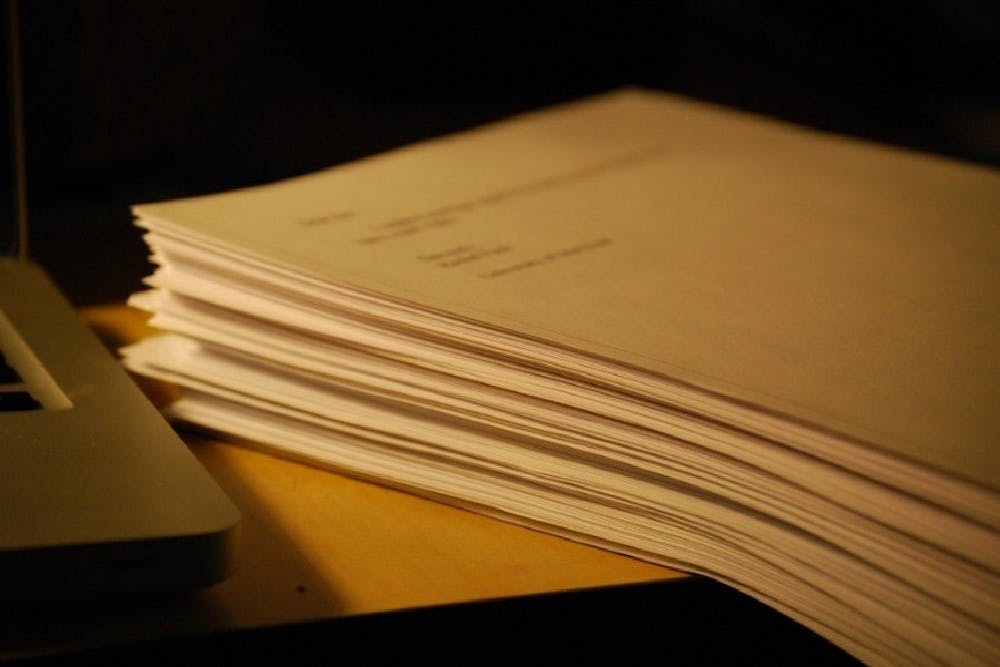By Vincent Cirrito, cirritv@miamioh.edu
Miami's beloved Bishop Woods is about to be restored to recreate the diverse forest ecosystem that was once present all while improving safety and circulation through the area with new walkways and pathway lighting. The restoration efforts, which are supported by the Miami University Natural Areas Committee, will begin in late March. Comments were solicited from this group and those assembled members of the committee unanimously approved the restoration project last spring.
Bishop Woods as known today was originally part of a larger wooded area known as the College Grove. And then it was known as Lower Campus, where much of the undergrowth of the wooded areas east of Elliot and Stoddard Halls was removed and replaced with mowed lawn during the 1940s to increase visibility as campus development proceeded eastward.
It was not until the 1960s, with the erection of the Bishop Gates and the U-shaped drive, that the area bounded by the new drive and Patterson Avenue became known as Bishop Woods.
In 1986, mowing of the lawn areas within Bishop Woods was ceased. After the establishment of the Miami University Natural Areas system in 1992, the Natural Areas Committee and the bioscience departments worked with the Physical Facilities Department to manage Bishop Woods to allow natural tree regeneration and growth of native understory plants.
Today, as campus development (Farmer School of Business, Armstrong Student Center, new Western Campus Resident Halls) continues to change the surrounding landscape and student traffic patterns, the need to address deteriorated path pavements and their locations, student security and visibility, appearance and the spread of invasive plants throughout Bishop Woods is necessary.
The proposed restoration work will remove numerous Ash trees infected with the emerald ash borer, other dead and diseased trees, invasive plant species, thin saplings, and reintroduce more than 40 native plant species. This will allow for views through the site with a continuously changing floral display from spring to fall.
A central lawn with seating opportunities will also be created to allow for informal gathering within the confines of the Woods.
The project will improve circulation by realigning paved pathways to better serve student migration through the area by linking destinations and adjacent sidewalks. Safety improvements will include open views along walkways and the placement of walkway lighting using "dark sky friendly" pole mounted LED lighting fixtures.
The project is currently in final design documentation. The construction fence will be erected around the perimeter of Bishop Woods in late March to allow for vegetation removals and demolition of existing walkways. The woods will be open for enjoyment beginning next year.

